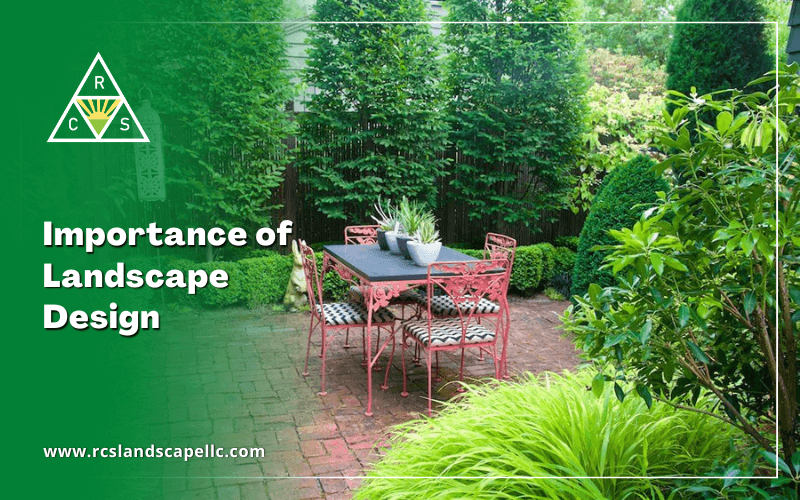Some Known Factual Statements About Landscape Design
Table of ContentsFascination About Landscape DesignExamine This Report on Landscape DesignEverything about Landscape DesignThe 3-Minute Rule for Landscape DesignThe Basic Principles Of Landscape Design
Official design theme. Debt: Gail Hansen, UF/IFAS The lawn is an extension of the home where a selection of tasks take place. A yard can usually be separated right into three areas: public (the front backyard), private (the back yard), and service (generally the side yard). The place of task areas depends largely on the type of area, the size of room needed, the sort of activity, and the desired distance to various other tasks and structures.The outdoors wall surface of your home often acts as the initial wall surface or starting point of an outdoor room. Incompatible uses need to be separated, and relevant tasks, such as food preparation and eating, need to be created to make the lawn more reliable and pleasurable. When utilizing hardscape to create spaces, use construction product similar to that used in your house for continuity from your house into the yard.
Connected areas. Debt: Gail Hansen, UF/IFAS Using comparable hardscape attributes and duplicating plants draws the eye around the garden.
All About Landscape Design

For emotional comfort plants are made use of as physical or suggested obstacles for privacy and safety and security. Physical obstacles obstruct both the view and accessibility to a room and include fencings, wall surfaces and plant hedges. Indicated obstacles, typically low expanding plants, obstruct accessibility yet not the sight (Figure 9). Various other features of plants include cleansing the air, avoiding disintegration and soil loss, maintaining moisture in the soil, and returning raw material to the soil.
Physical and suggested obstacles. Debt: Gail Hansen, UF/IFAS For these factors, the types of plants to be used (such as trees, shrubs, or groundcovers) ought to be picked in the beginning of planning (Landscape Design). Plant types are chosen for their functional abilities to ensure that their future objective and needed area can be considered at the same time

Unknown Facts About Landscape Design
Each plant mass is in front of, behind, or next to, another mass. Credit: Gail Hansen, UF/IFAS Repeating plants within a mass and duplicating masses with similar plants links the yard with each other. The specific plant features should be thought about to effectively layer and mass plants.
All plant make-ups start with the primary framework plants, the big, mainly evergreen history plants-such as the Bonuses trees and huge shrubs. These plants different or enframe rooms, manage the size of the space, and provide the beginning factor for picking the appropriate qualities of the 2nd layer, midground plants, for massing and infill.
Essential points in the yard should be highlighted by the use of unique plants, unique frameworks, or yard ornaments. Marking thresholds or entries to spaces can be done with gateways, arbors, and steps, or via using unique and vibrant plants. The type and/or style motif of the garden will certainly usually assist establish the vital points and just how they need to be highlighted.
Other crucial locations in the backyard are focal points, which is used to aesthetically organize a designed location. Various point of views or perspectives can reveal different structures in the landscape that might require a range of focal points.
A Biased View of Landscape Design

Plant types. Credit: Gail Hansen, UF/IFAS After kind, appearance is the next dominant feature of a plant; rugged, tool and fine textures can be utilized for comparison and emphasis in the landscape.
The pleasurable fragrance of plants, the noise of wind in the trees, the noise and appearance of water, and the shades and structures of sculptures, pots and yard furniture all contribute to the experience of the garden. One detail that is typically overlooked is the result of light on the appearances of the plants.

The 5-Second Trick For Landscape Design
It is necessary to understand the ultimate mature dimension of plants so they learn the facts here now can be placed in the right place and spaced effectively when they are installed. Providing plants room to expand is a challenge due to the fact that the common mature dimension is normally based upon optimal growing problems and the environmental problems of a website might create a plant to enlarge or remain smaller sized.